- Home
- Lab Supplies
- Lab Equipment
.....Read More

Centrifuges & Rotors

Desiccators & Plates

Dry Evaporator & Concentrator Accessories

Dry Evaporators & Concentrators

Hydrogen and Zero Air Generators

Lab Aspirator Pumps & Accessories

Lab Circulators & Water Baths

Lab Cleaning Equipment
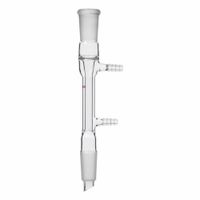
Lab Condensers
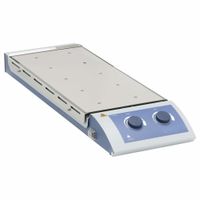
Lab Mixing & Grinding
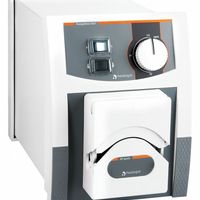
Lab Peristaltic Pumps
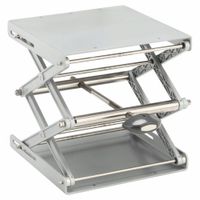
Lab Supports, Lifts & Clamps

Microscopes, Cameras, Stands & Lenses
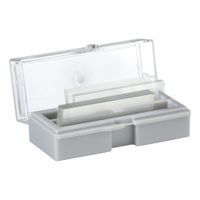
Microscope Slides & Storage
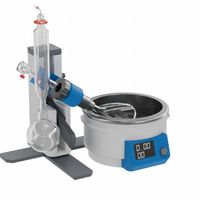
Rotary Evaporation
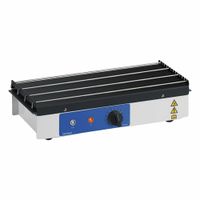
Slide Dryers & Warmers
Frequently Asked Questions
What is the purpose of lab equipment in a laboratory?
How do you properly clean and maintain lab equipment?
What are the different types of lab circulators and water baths?
How do you choose the right lab mixer or grinder for your needs?
What are the best practices for using lab supports, lifts, and clamps?
How do centrifuges and rotors work to separate substances?
What are the key features to look for in a laboratory microscope?
How do you ensure accurate temperature control in lab water baths?
What safety precautions should be taken when using lab equipment?
How do you calibrate and maintain precision in lab instruments?